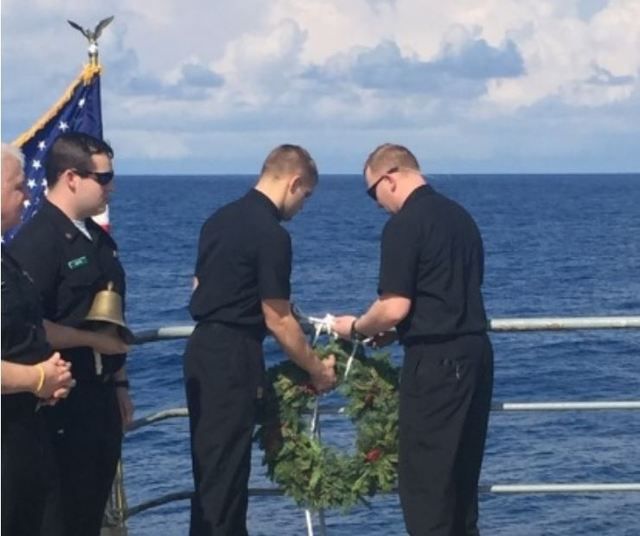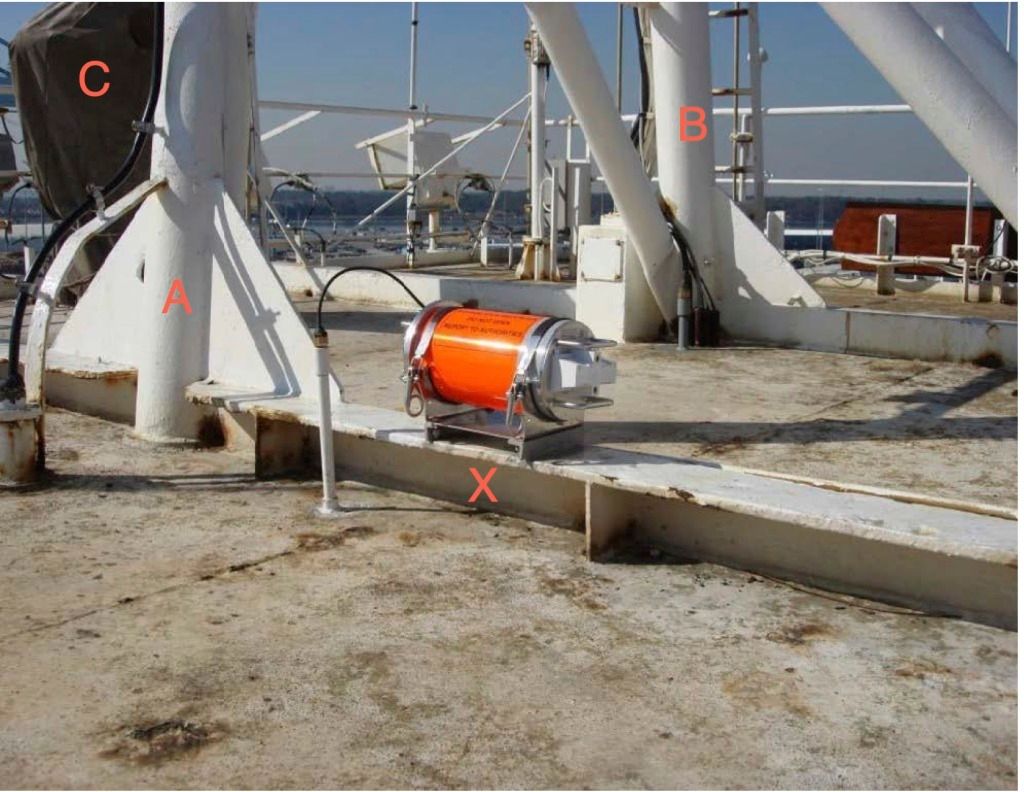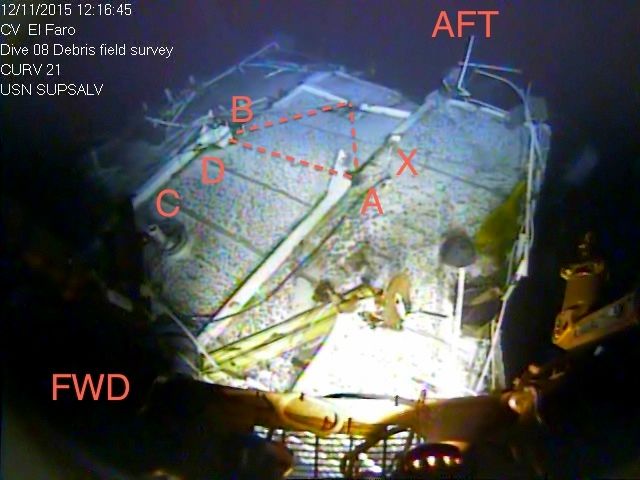[QUOTE=ombugge;177379]The specifications call for Sperry S-VDRs to sustain water pressure at 6000 m. for 24 hrs. as a minimum.
Whether this is for leaks or structural strength is not stated, but the refr. to “30 days at 3 m.” would indicate leaks.
Has anybody seen any closeup picture(s)of the S-VDR mount and tie-down as it is now?
Since the S-VDR is not there it would be interesting to see if the tie-down has been opened (i.e. VDR removed, or attempted removed, prior to capsize) or broken, indicating that the VDR has somehow been ripped away during the capsize/sinking.
If still intact in “closed” position that would indicating that the capsule has imploded (although designed for 6000 m. WD) and somehow slipped out from the tie-down bands.
Even if the hard disk has been submerged in seawater for months I believe the data can still be retrieved. Or is that wishful thinking??
One more question; Although not “float free” type, does the VDR capsule float, or is it non-buoyant? I.e. if it had been released prior to the capsizing, could it be floating around somewhere in the sea? (As may be the EPIRB?? Although it did not function properly, it may have floated up and drifted away)[/QUOTE]
Referring to your last question the Sperry VoyageMaster II S-VDR has a positive buoyancy. The weight is 25 kg and the displaced amount of seawater is according to the specs 0.02454 m3. For seawater the displaced weight is then 25,2 kg giving it the necessary buoyancy to rise to the surface. From a depth of 5000 m the rise time would around 16 minutes, but the device could have been ripped off on the way down.
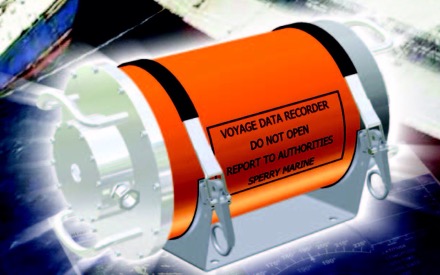
It broke free from the top deck as we can see on the Curve’s picture of the deck house. It could be that the manual releases were not opened, leaving it somewhere on the sea floor held down by the cradle.
The other option is that the releases were opened by the shock and that it rose to the surface and was carried away unnoticed by the prevailing sea currents. It took weeks to ready the Apache for the search, by that time the S-VDR could have been long gone and carried away by the Gulf Stream ending up somewhere on a European coast.
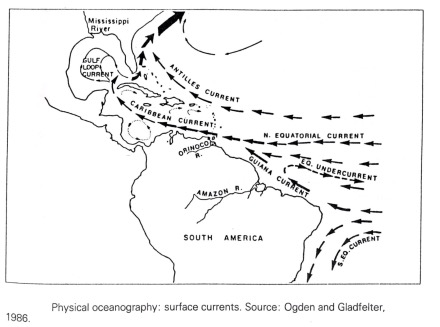
The last possibility is that the device was damaged so that it became leaky preventing it to rise to the surface or it was just completely crushed in the violence of the sinking.
